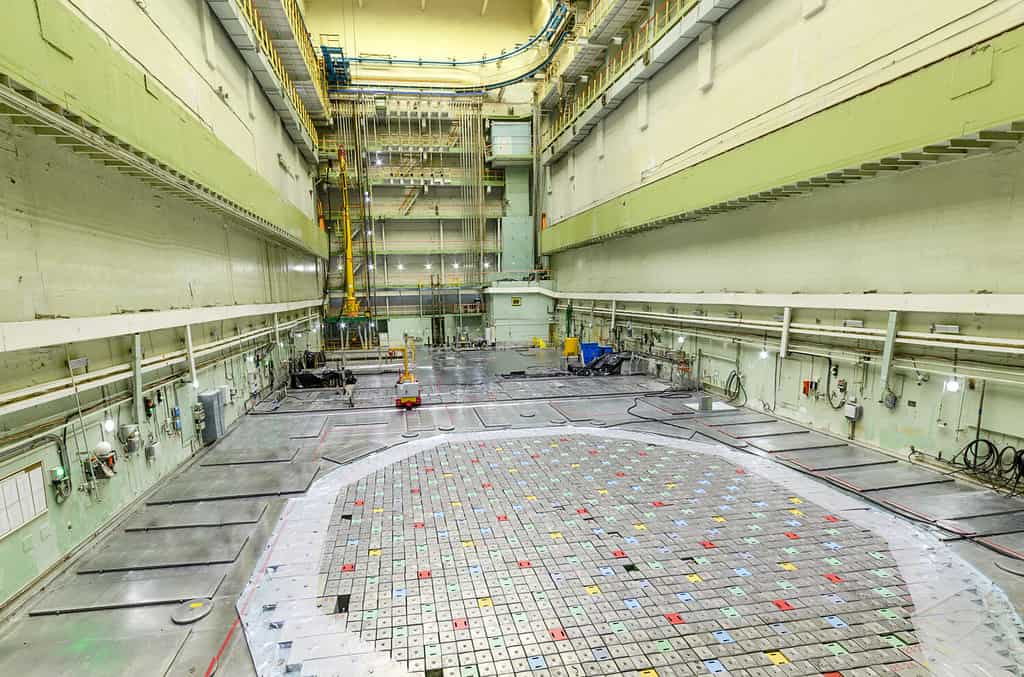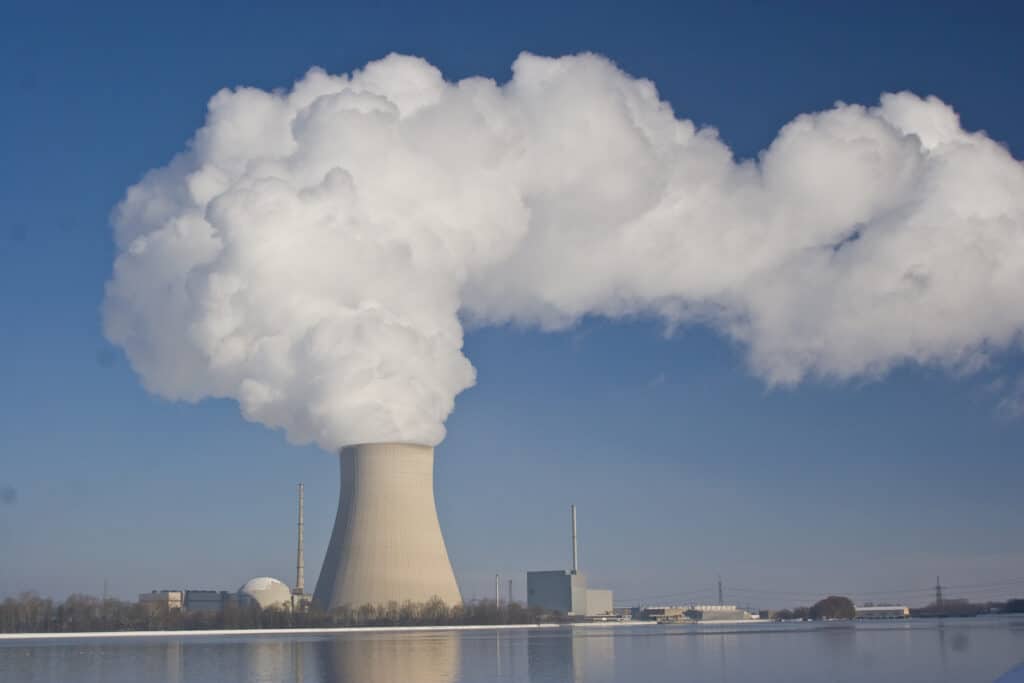Many people living near nuclear power plants want to know whether they are safe. The question is valid given some of the high-profile atomic disasters in recent history. If you live in Ohio, you may be interested in knowing its history with nuclear power and what it looks like today. In this article, we’ll discuss how many nuclear power plants are in Ohio, how safe they are, and the future of energy in the state.

2022, nuclear power accounted for about 12% of Ohio’s net energy.
©Nordroden/Shutterstock.com
How Many Nuclear Power Plants Are in Ohio?
Ohio has two nuclear power plants: the Davis-Besse and the Perry Nuclear Generating Station. Both plants sit on the shores of Lake Erie in the state’s northern region. In 2022, these two power plants generated approximately 12% of Ohio’s net energy.
The Two Nuclear Power Plants in Ohio
Below is more information on each of Ohio’s two nuclear power plants.
Davis-Besse Nuclear Power Station
Construction began on the Davis-Besse Nuclear Power Station on September 1, 1970. It came online on July 31, 1978, making it the 50th such plant in the United States to do so. This 894-megawatt (MW) nuclear power plant occupies 221 acres of land near the Ottawa National Wildlife Refuge about 10 miles north of Oak Harbor. It operates with a single pressurized water reactor. The plant ordered two more in 1973, but after a long delay in construction, it canceled the order in 1981.
Perry Nuclear Generating Station
The Perry Nuclear Generating Station officially opened in 1987, making it the 100th such reactor in the United States. The plant operates using a boiling water reactor. Initially, the plan was to make it a two-unit plant, but construction on the second unit was suspended in 1985. By 1994, construction was officially canceled. The plant sits on 1,100 acres of land about 40 miles northeast of Cleveland in North Perry. It nearly closed in 2021 due to its inability to compete with natural gas plants, but a controversial bill in July 2019 enabled it to keep operating.
Are the Nuclear Power Plants in Ohio Safe?

Ohio has two nuclear power plants: the Davis-Besse and Perry plants.
©Eder/Shutterstock.com
The Perry Nuclear Generating Station has recorded no significant incidents since its genesis in 1987. However, the Davis-Besse Nuclear Power Station has experienced several safety incidents right from the beginning. The Nuclear Regulatory Commission (NRC) classified two of these incidents among the United States’ top five most dangerous nuclear incidents since 1979. Davis-Besse experienced the first of its issues on September 24, 1977, the year before the plant officially opened. The plant had to shut down due to a serious malfunction with the feedwater system. Other notable incidents include:
- June 24, 1998: An F-2 tornado damaged the plant, causing it to lose power.
- March 2002: The steel reactor pressure vessel suffered severe corrosion, resulting in a hefty fine and two years of repairs.
- January 2003: A computer virus shut down the safety monitoring system for five hours.
- October 22, 2008: A fire inspection uncovered a tritium leak.
- March 12, 2010: Several reactor head nozzles failed inspection due to cracks.
- October 2011: Routine maintenance uncovered a 30-foot crack in the containment vessel’s concrete shield building.
- June 6, 2012: An inspection found a leak in the reactor coolant pump seal.
- May 9, 2015: The turbine building experienced a “steam leak.”
Nuclear power plants are generally safe to be around as they are subject to numerous health and safety regulations. However, this does not preclude the possibility of minor or significant malfunctions.
Is Nuclear Power Environmentally Sustainable?

The future of energy in Ohio includes increased use of wind and solar power.
©Rafa Irusta/iStock via Getty Images
While nuclear power is not 100% sustainable, many scientists maintain that it has a more minor impact on the environment than any other source of electricity in everyday use today. It produces very few greenhouse gases, which are primarily responsible for global warming. On the downside, nuclear power makes radioactive waste, which is often difficult to dispose of safely. This waste can remain radioactive for thousands of years. Not all radioactive waste is created equal: some samples are highly radioactive, while others emit deficient radiation levels.
The Future of Energy in Ohio
In 2022, renewable energy accounted for approximately 4% of Ohio’s in-state electricity generation. Its current renewable energy sources include wind power from wind farms, solar power from solar photovoltaic (PV) installations, and biomass (wood, wood sources, landfill gas, other feedstocks, and hydroelectric power). Plans are in place to significantly expand the state’s wind and solar power over the next few years. Ohio’s alternative energy portfolio standard (AEPS) calls for 8.5% renewable-sourced power by 2026.
The photo featured at the top of this post is © TonyV3112/Shutterstock.com
Thank you for reading! Have some feedback for us? Contact the AZ Animals editorial team.







